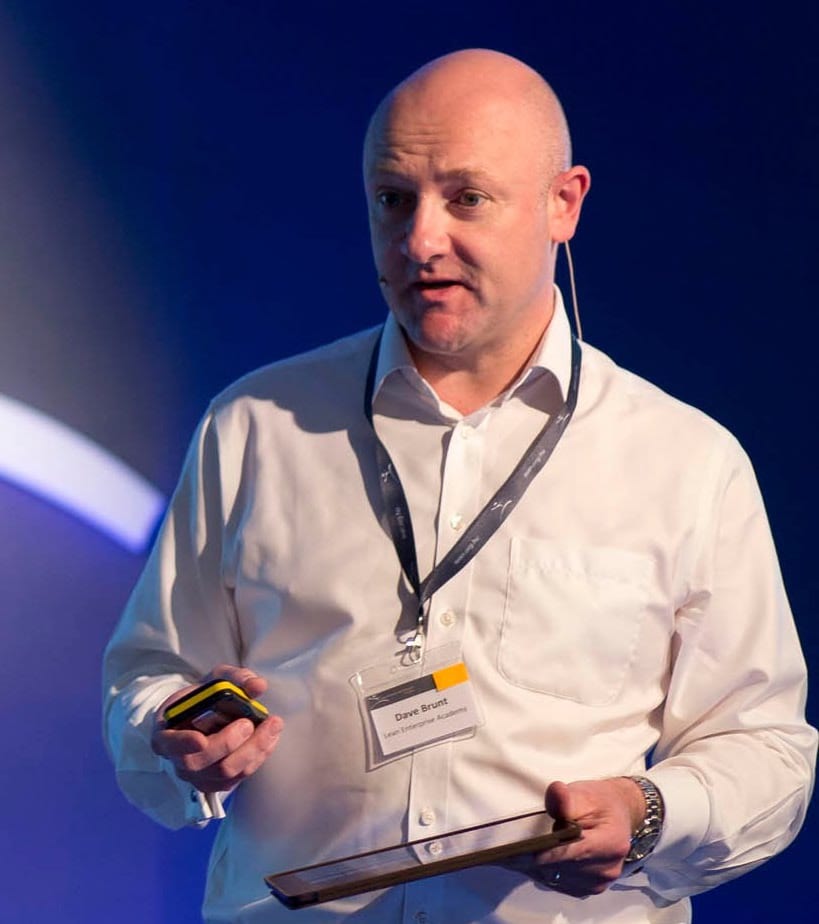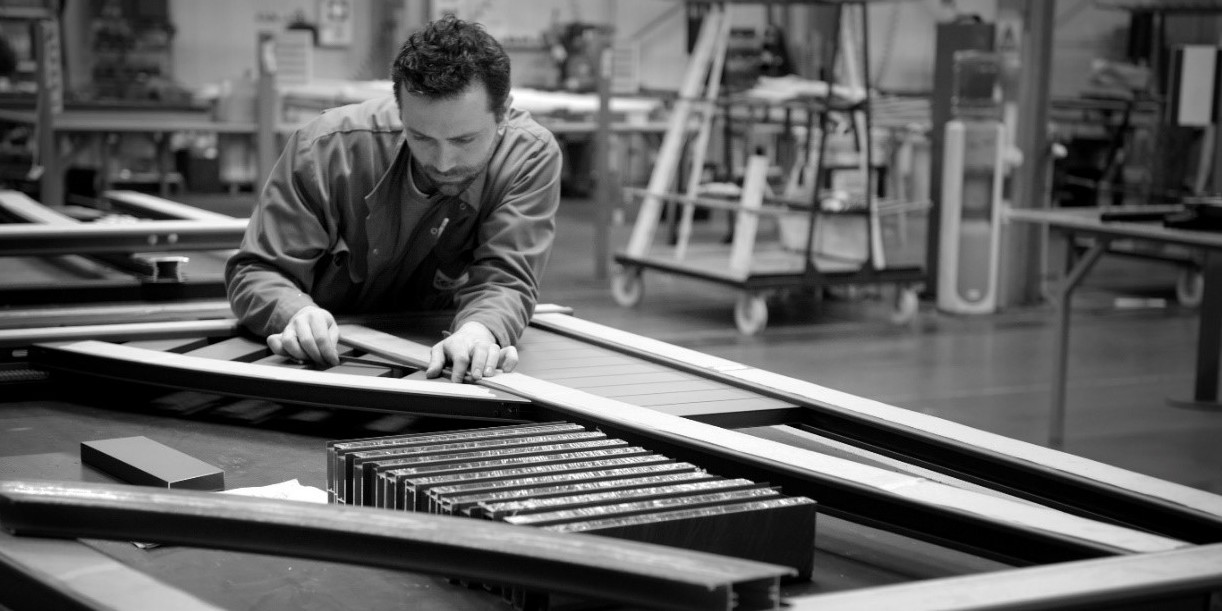
Lean learning, learning lean
FEATURE – What can the world of lean and the world of education learn from one another? The author reflects on the synergies between these two realities.
Words: Dave Brunt, CEO, Lean Enterprise Academy
I believe we have a problem in the lean community. Too many people still think that all it takes to learn lean thinking is to take a course or get certified. I fear that this over-reliance on certification will cause the essence of lean as a learning system to be lost.
The reason behind this is that lean can only really be learned on the job. That’s why lean coaches always insist on “going to the gemba”: we know that is the only place where lean principles and techniques can truly be understood.
The education world, we often hear, has similar issues: students rarely leave school with the practical skills they need to face up to the challenges the world will throw at them. The educational world needs to produce students who have the willingness to learn, enjoy learning, and have the ability to unlearn and re-learn. Why is this important? Because the idea of staying in the same job for life, a given for many in my generation, is simply no longer a reality for today’s students. We live in a different world now, and we can’t expect a 20th-century education system to meet the needs of 21st-century students. We need life-long learners.
Over the last few years, as I reflected on this topic, I came to the realization that exploring the synergies that exist between the lean business world and the education world is one of the most important things we can do to meet the challenges of our changing world. Think about the common criticism that traditional education provides theoretical, rather than practical skills: lean thinking naturally lends itself to offering an alternative to this, because it is based on hands-on learning that takes place on the job. In fact, there is an increasing number of educational organizations that are embracing lean thinking, and I have no doubt educators have a lot to teach lean practitioners too.
To me, there are five key questions we currently need to answer if we are to find a solution to the problem of traditional education. Here they are:
- What is lean learning?
- How can we improve the way we learn lean?
- What’s the lean approach to problem solving?
- What can lean organizations learn from the world of education?
- What can the world of education learn from lean thinking?
In a bid to answer these questions and get a conversation started within our community, the Lean Enterprise Academy has partnered with Tony Lamberton and The Learning Trust in Chester to organize the 1st Global Learning Lean Summit. The reason we are working with Tony is that his organization has been running pioneering experiments with lean in education for years. It all started at one of their schools, Christleton High School, a large high performing secondary, which introduced lean principles back in 2013 with the help and guidance of Toyota.
With our summits, we at LEA have always strived to bring practical, hands-on learning to participants. Over the years, we have had companies like GKN teaching attendees problem solving, or Toyota teaching them standard work. The idea was to give participants takeaways they could use right away, as opposed to just theoretical knowledge. With our event in October, which builds gemba walks into the program, we are going one step further. Not only will attendees have the unique opportunity to learn how Toyota – the leanest company in the world – develops the capability of its people and contrast it with the way too many organizations do it (sending people to a course, giving them a badge, or getting them certified); they will also be able to visit and experience The Learning Trust, as well as Chester International School (CIS) an innovative government funded lean secondary school which addresses some of the key problems in learning and readiness for employment.
Both at the Trust and at CIS, trail-blazing lean experiments in education are taking place: one of them encourages students to influence the teaching they receive by defining what’s valuable and what is not. Another year-long experiment, at Queen’s Park High School, is leveraging Rosenshine’s Principles of Instruction to encourage 500 students to explore kaizen and independent learning. Both experiments reflect Tony’s vision of introducing the lean idea of “pull based learning” in school, with the purpose of turning students into independent, life-long learners. This is truly inspiring work!
The aim of the Global Learning Lean Summit is to bring people together to explore the interrelations between the business and education environments and see what one can learn from the other. Join us on October 24th and 25th in Chester and let’s figure out together how we can incorporate the best business and education have to offer.
THE AUTHOR

Read more


FEATURE – In this article, you’ll understand how potential errors can become an endless source of personal and managerial growth.


WOMACK'S YOKOTEN - Kaizen or kaikaku? This is the problem. When it comes to the pace of change, should we carry on with small, incremental improvements or aim at more revolutionary changes instead?


FEATURE – Drawing from his direct experience at the gemba, the author shares what he learned about applying lean thinking to his family’s construction company, and a few useful tips.


NOTES FROM THE GEMBA – By introducing flow in its processes and transforming its approach to managing the business, this French manufacturer of fences and gates is building a competitive advantage.

